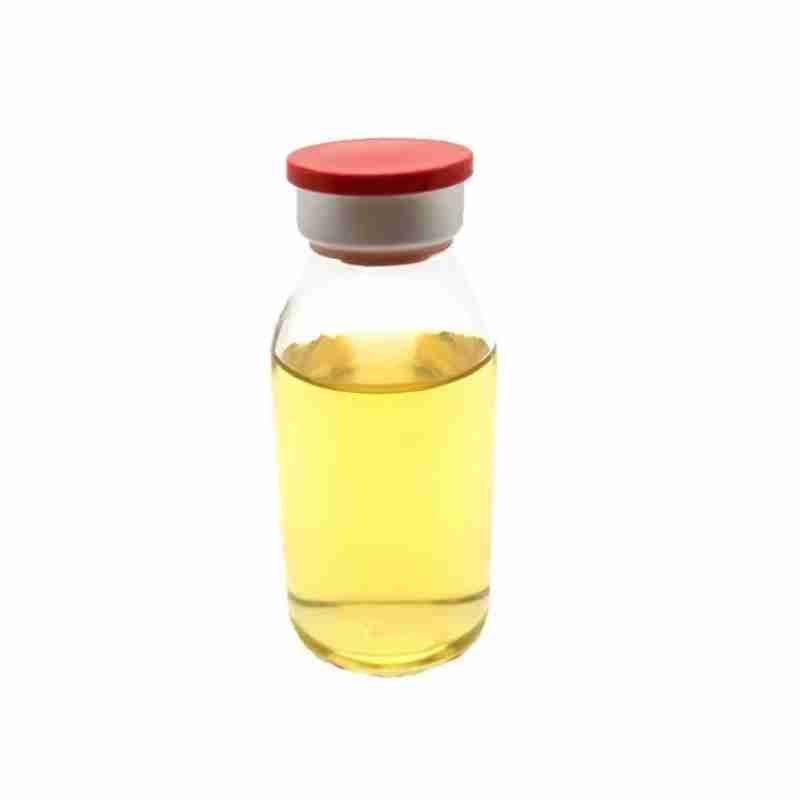Olive oil CAS#8001-25-0
Olive Oil, with a Chemical Abstracts Service (CAS) number of 8001-25-0, is a natural fruit oil obtained from the olive tree. It is renowned for its rich flavor, nutritional benefits, and versatility in culinary uses.
发送询盘
Olive oil CAS#8001-25-0
Olive Oil (CAS# 8001-25-0), extracted from the fruit of the olive tree, is a golden-green liquid with a rich, fruity aroma and a distinctive taste. Packed with monounsaturated fats and antioxidants, it’s celebrated for its health benefits and culinary versatility. Ideal for cooking, baking, and as a base for dressings, it’s also valued in skincare and cosmetics for its moisturizing and anti-inflammatory properties. Our product meets international food safety standards and is available in various packaging options, with customization available to suit specific needs. For orders or inquiries, please reach out to our sales team.
| Olive oil Chemical Properties |
| density | 0.9135 |
| vapor density | >1 (vs air) |
| FEMA | 4801 | OLIVE FRUIT EXTRACT |
| refractive index | 1.467-1.471 |
| Fp | 225 ??C |
| storage temp. | room temp |
| solubility | Slightly soluble in ethanol (95%); miscible with ether, chloroform, light petroleum (50?C70??C), and carbon disulfide. |
| form | Viscous Liquid |
| Specific Gravity | 0.912 (20/4??) |
| color | Yellow |
| Odor | pleasing, delicate flavor |
| Odor Type | green |
| Water Solubility | Insoluble in water |
| EPA Substance Registry System | Olive oil (8001-25-0) |
| Safety Information |
| Hazard Codes | Xi |
| Risk Statements | 38 |
| Safety Statements | 24/25 |
| WGK Germany | nwg |
| RTECS | RK4300000 |
| Autoignition Temperature | 343??C |
| HS Code | 15099000 |
| Hazardous Substances Data | 8001-25-0(Hazardous Substances Data) |
| Toxicity | skn-hmn 300 mg/3D-I MLD 85DKA8 -,127,77 |
?
- 2
- 2-diallylpent-4-en-1-amine
- 4
- 95-16-9
- Ammonium sulfamate
- Benzothiazole
- cas:67889-00-3ح2
- cas:83524-75-8 | pigment black 32
- cas:928836-00-4 | 2
- cas:932745-70-5 | 4
- Chemical Minerals
- Coconut diethanolamide
- Daily Chemicals
- discount
- for sale
- General pvc resin
- hexyl D-glucoside
- in stock
- Lauramidopropyl betaine
- LAURIC ACID MONOETHANOLAMIDE
- Petroleum Additives
- Plasticiser
- Ploymers
- price
- PVC
- quotation
- Raw Materal
- Remove term: Petroleum Additives Petroleum Additive
- SODIUM ETHYL 2-SULFOLAURATE
Related Products
Chemical Name:?Ptaquiloside
CAS No.: 87625-62-5
Molecular Formula: C20H30O8
Molecular Weight: 398.45
Appearance: White Powder
Chemical Name:?Quassin
CAS No.: 76-78-8
Molecular Formula: C22H28O6
Molecular Weight: 388.45
Appearance: White Solid
Hydroxytyrosol, a potent antioxidant polyphenol derived from olives, is celebrated for its health-promoting properties. Highly valued in the nutraceutical, cosmetic, and pharmaceutical sectors, it contributes to the development of products that support well-being and skin health.
Common English name: 5-iodo-2,3-dihydropyridazin-3-one
CAS No.: 825633-94-1
Molecular formula: C4H3IN2O
Molecular weight: 221.98
Sample: Available
Product name:HYDROXYPROPYL GUAR HYDROXYPROPYLTRIMONIUM CHLORIDE
Purity:99%
Appearance:Light Yellow Powder
Package:Customized according to customer needs.
Sample:Available
Chemical Name: Ammonium Iron(II) Sulfate
Synonyms: Diammonium iron bis(sulphate); iron (ii) ammonium sulfate
CAS No.: 10045-89-3
Molecular Formula: FeH5NO4S
Molecular Weight: 170.95
Hydroxytyrosol, a potent antioxidant polyphenol derived from olives, is celebrated for its health-promoting properties. Highly valued in the nutraceutical, cosmetic, and pharmaceutical sectors, it contributes to the development of products that support well-being and skin health.
Product name:Cyclopentane
Purity:96%
Appearance:White powder
Package:25kg/bag
Sample:Available
Chemical Name: Reishi Mushroom Extract
CAS No.: /
Molecular Fomula: C16H23O15
Chemical Structure: /
Molecular weight: /
Appearance:Brown powder
Chemical Name: o-Xylene
Synonyms: 1,2-Dimethylbenzene; ortho-xylene
CAS No.: 95-47-6
Molecular Formula: C8H10
Molecular Weight: 106.17
Chemical Name: 1,1,2,2-Tetrachloroethane
Other Name: Tetrachlorethane
CAS No.: 79-34-5
Molecular Formula: C2H2Cl4
Molecular Weight: 167.85
Appearance: Liquid
















